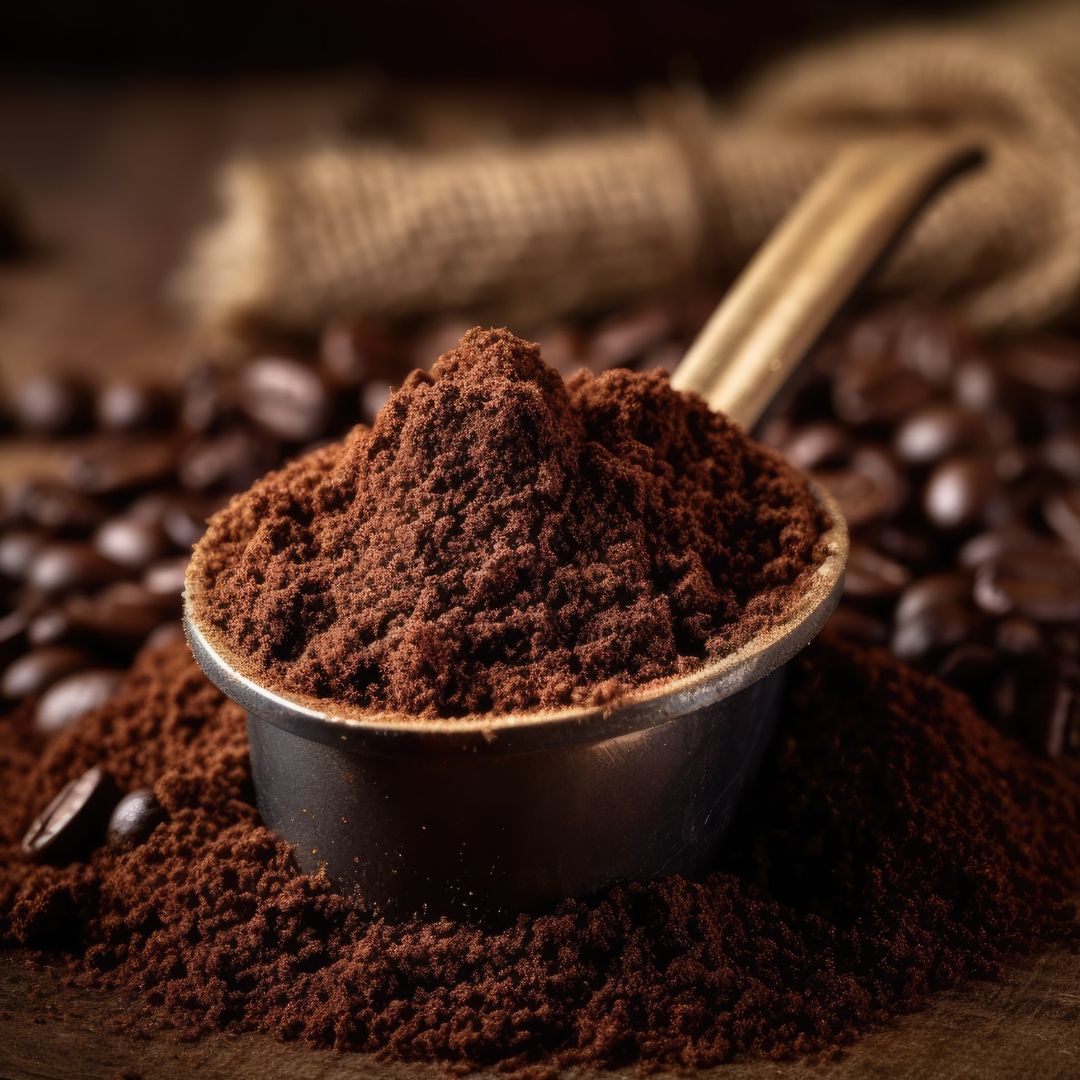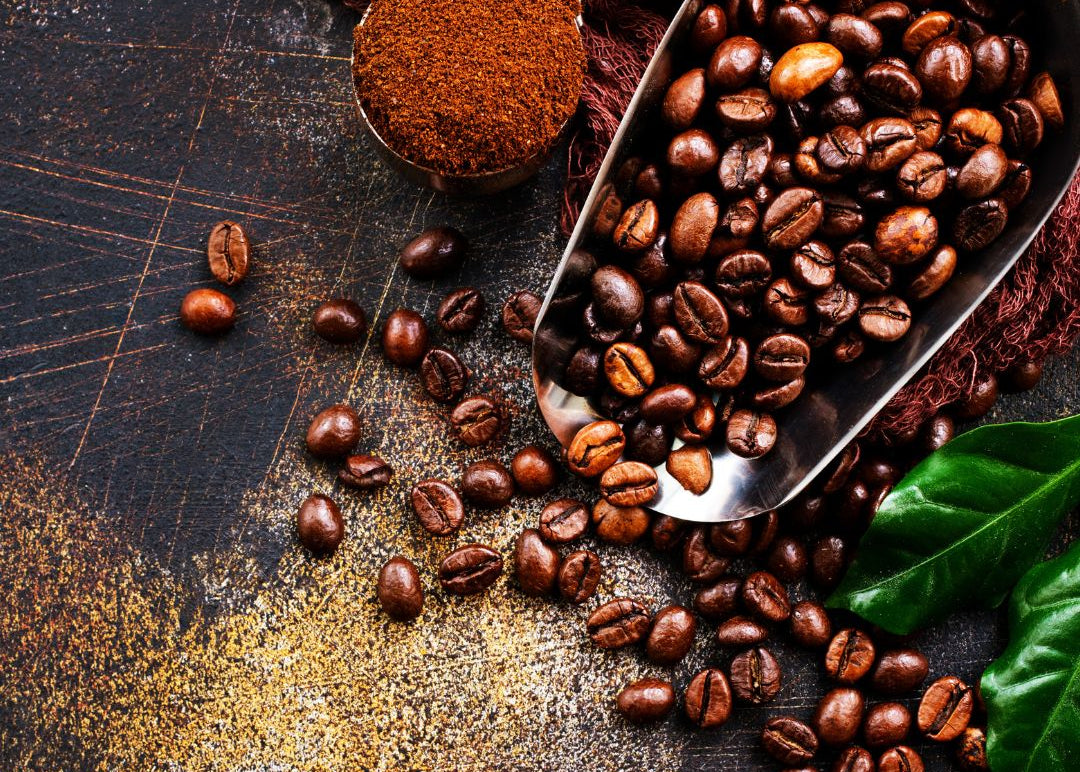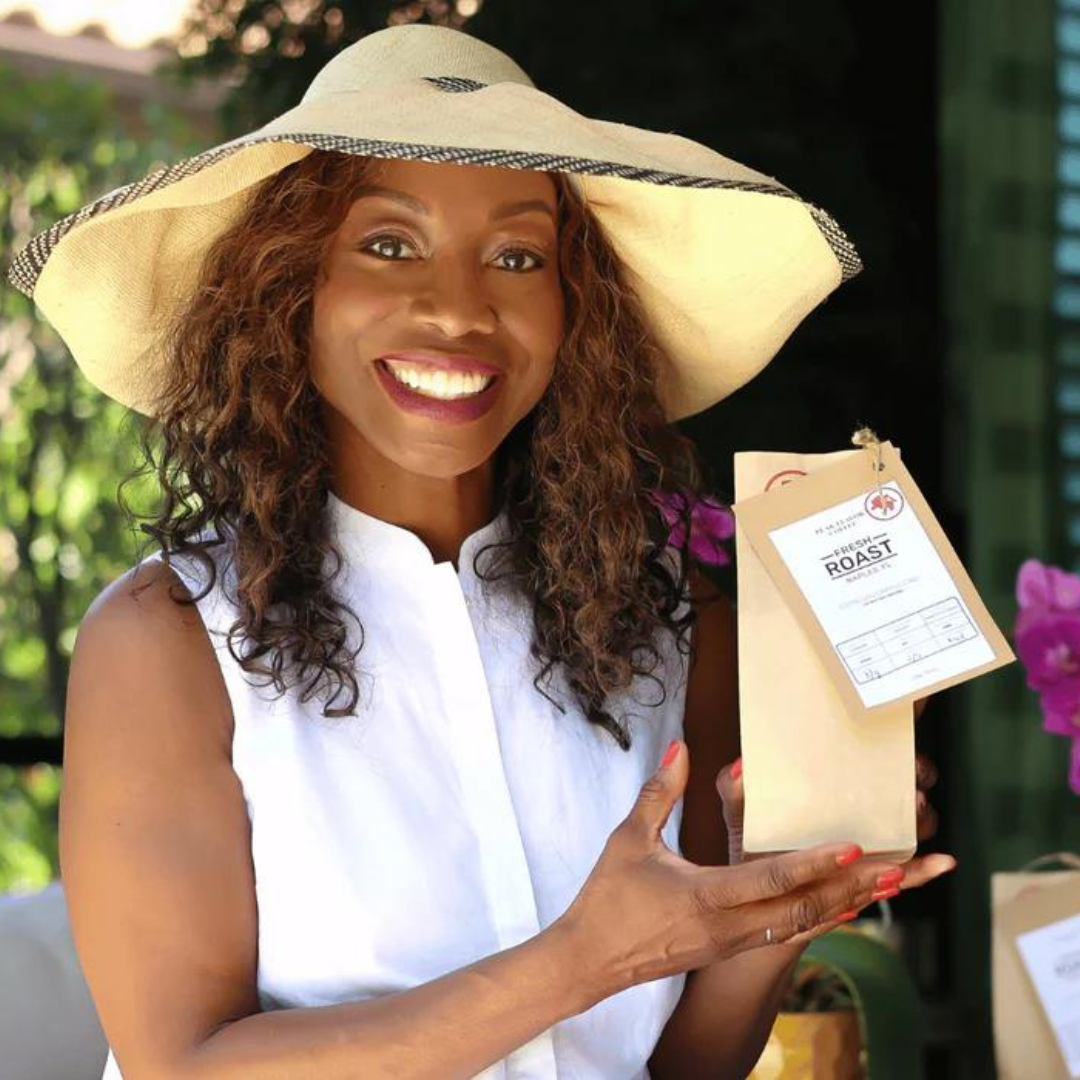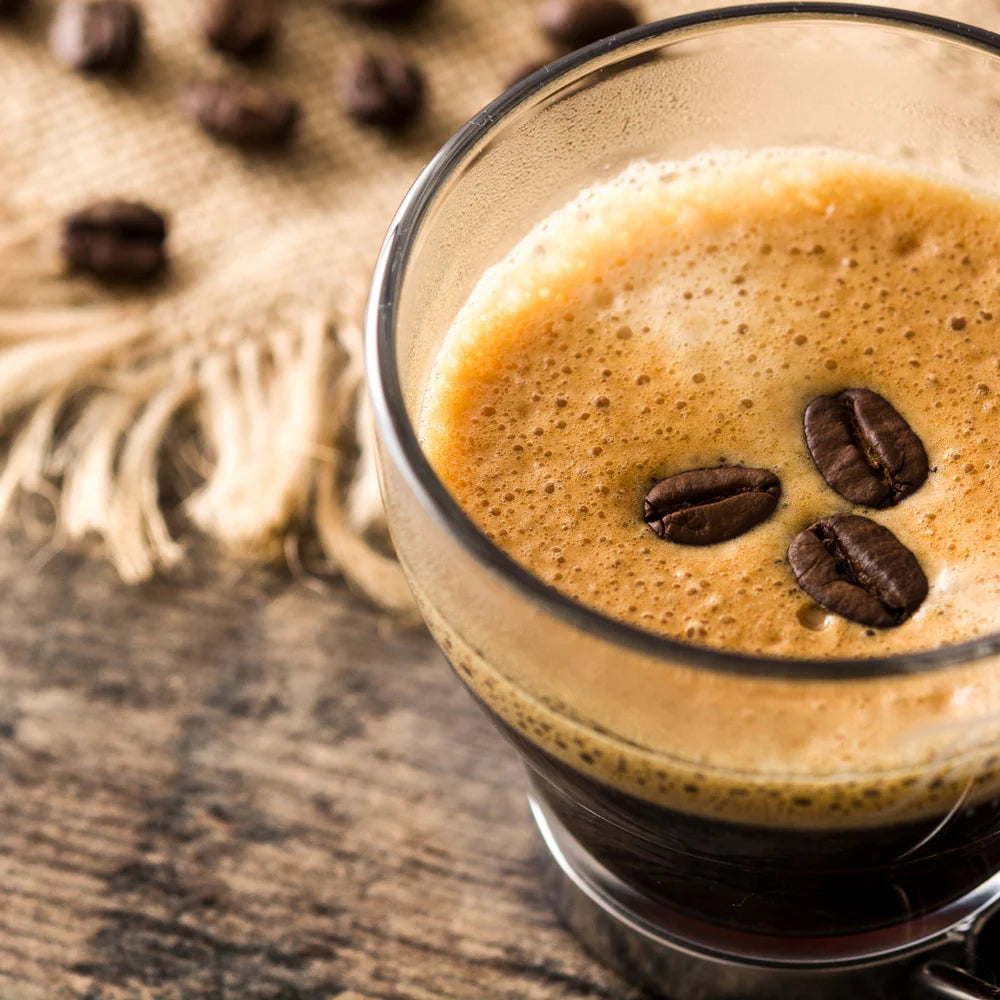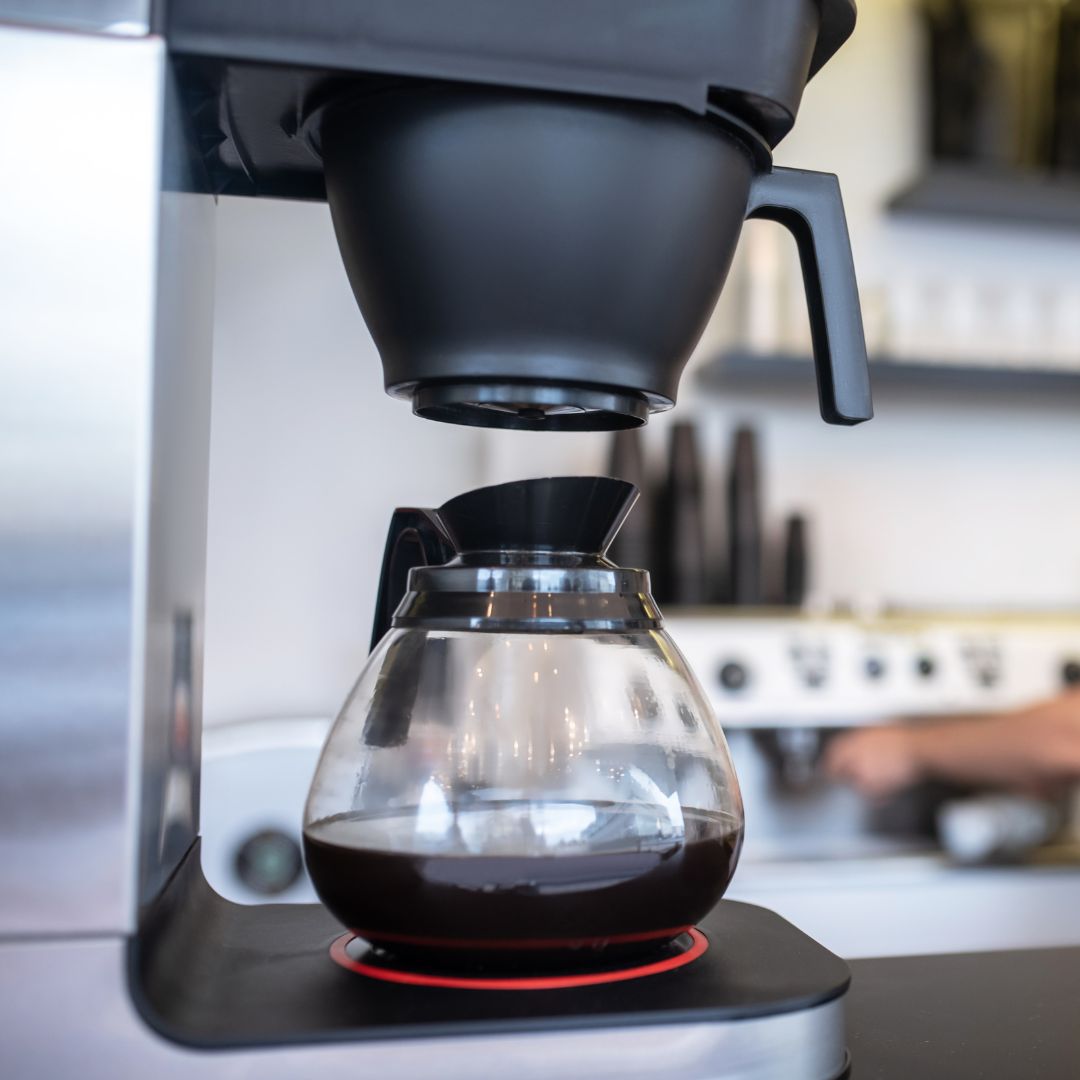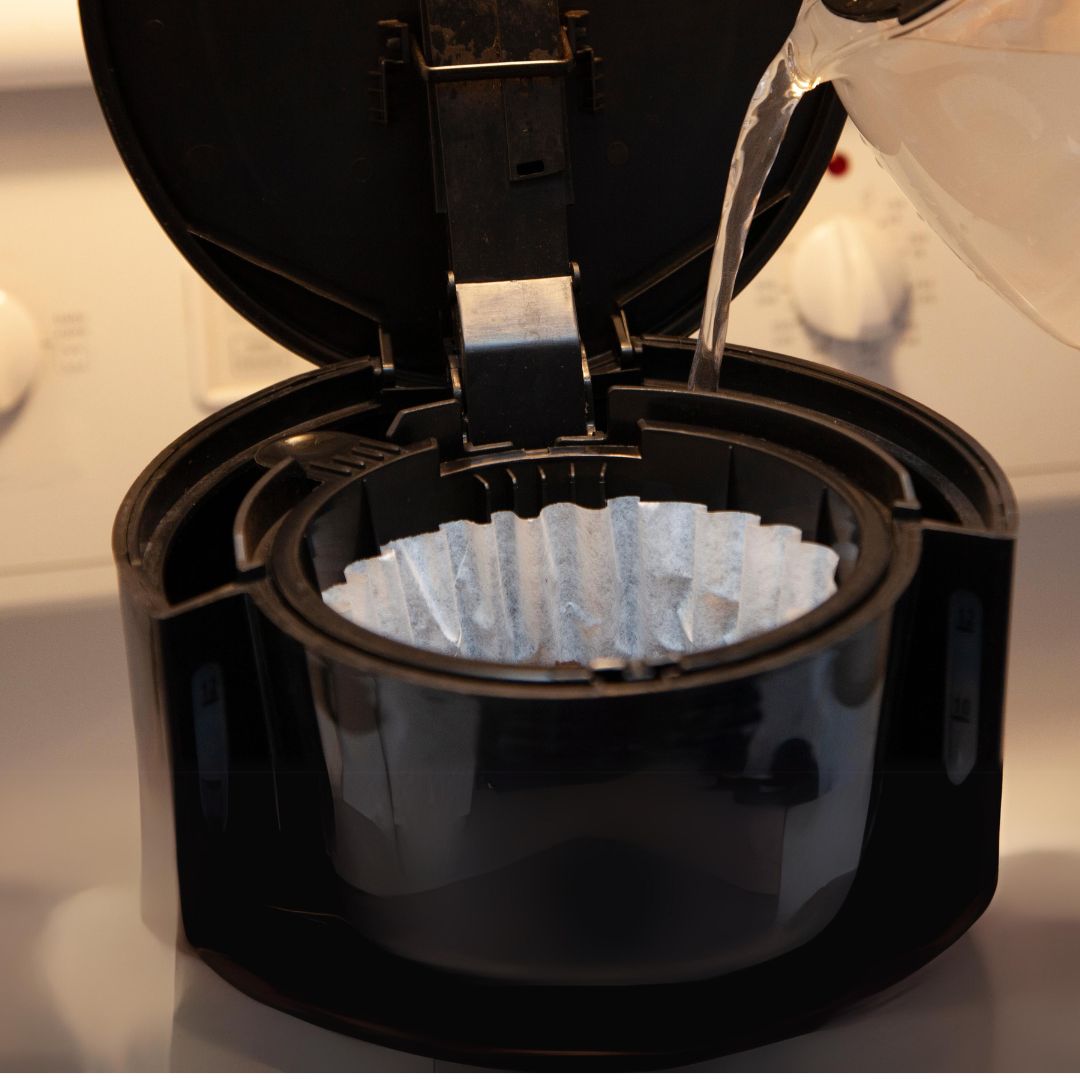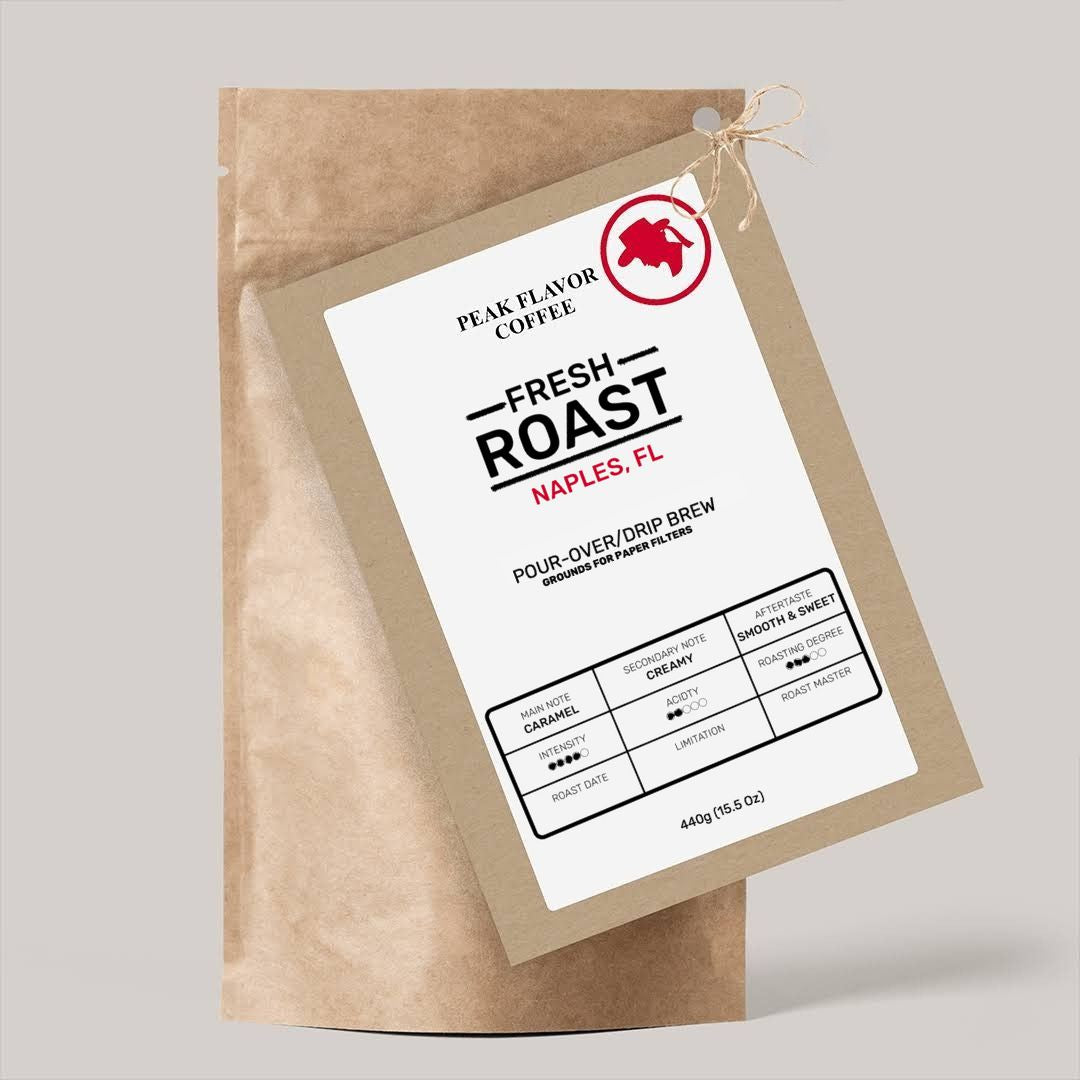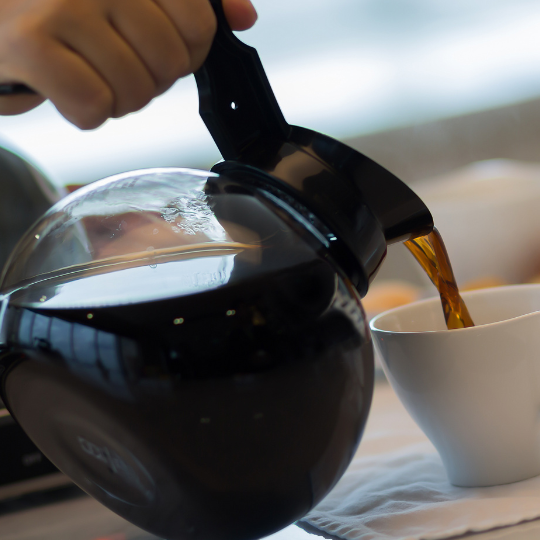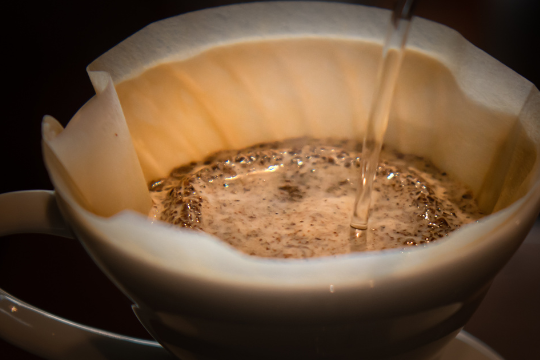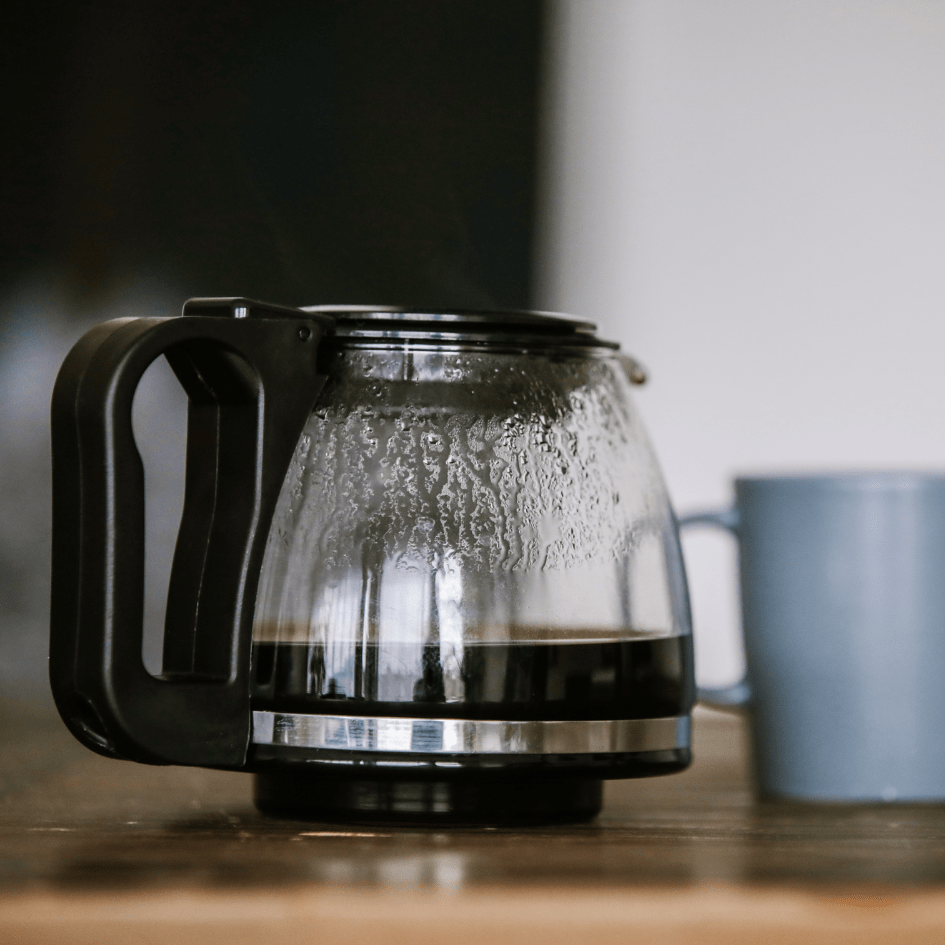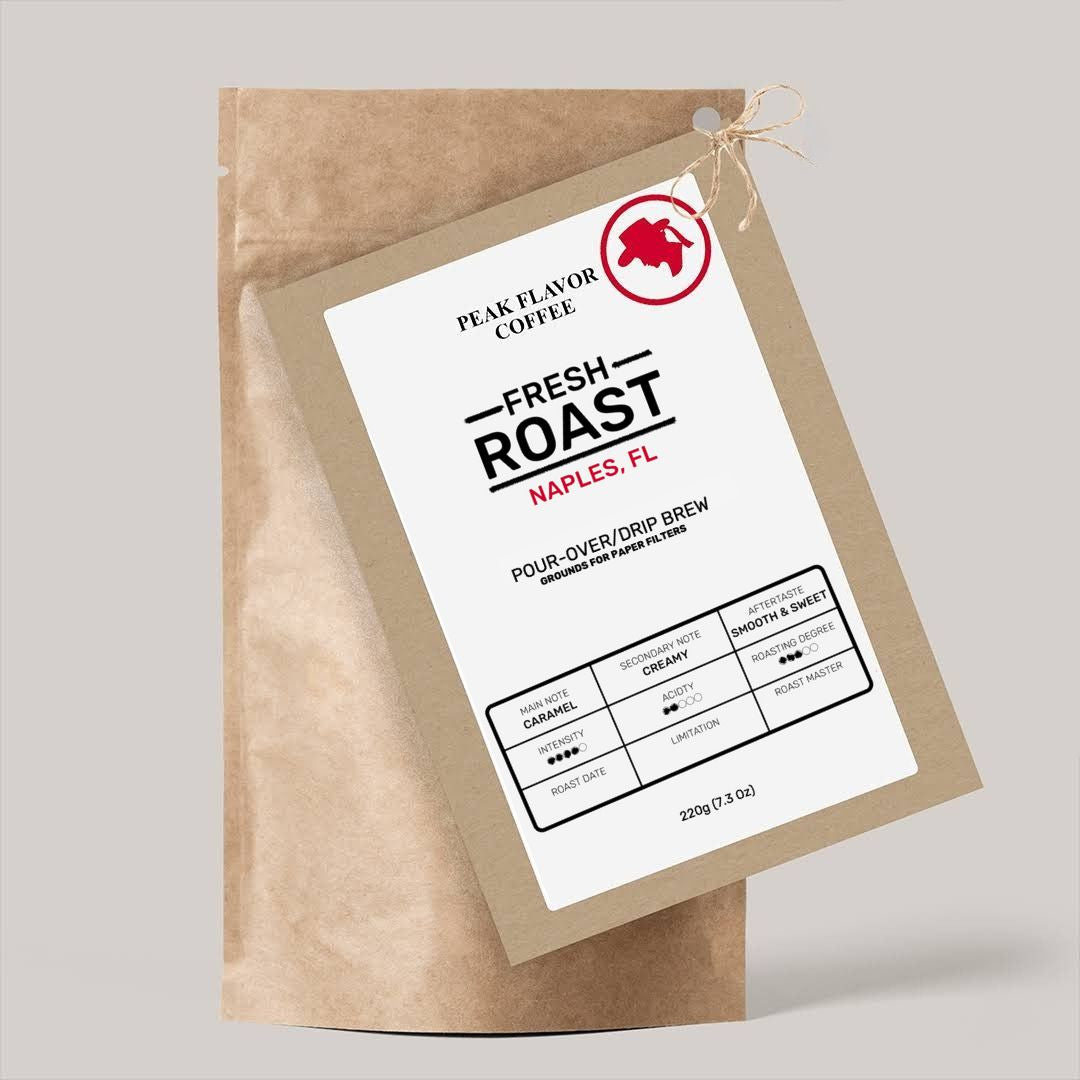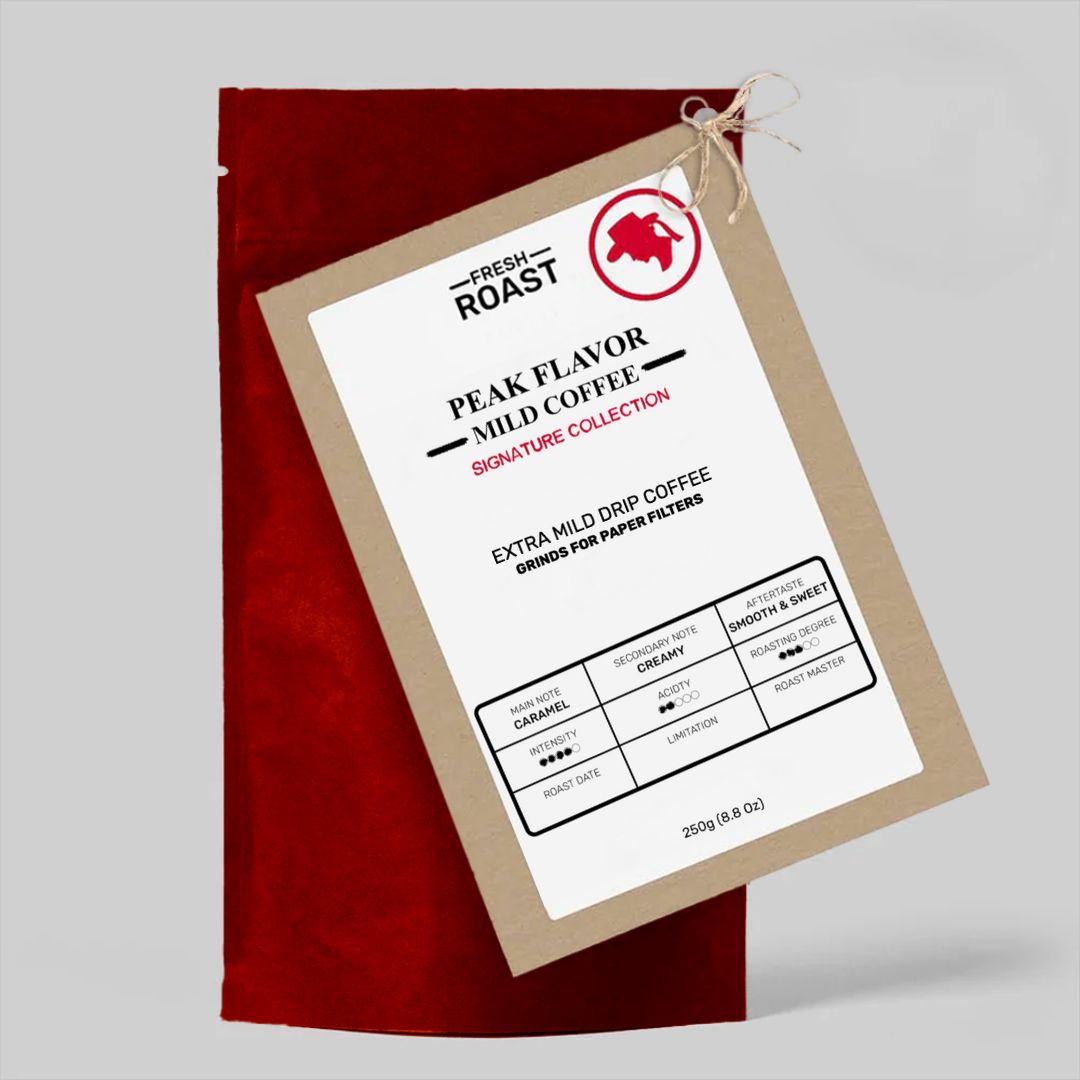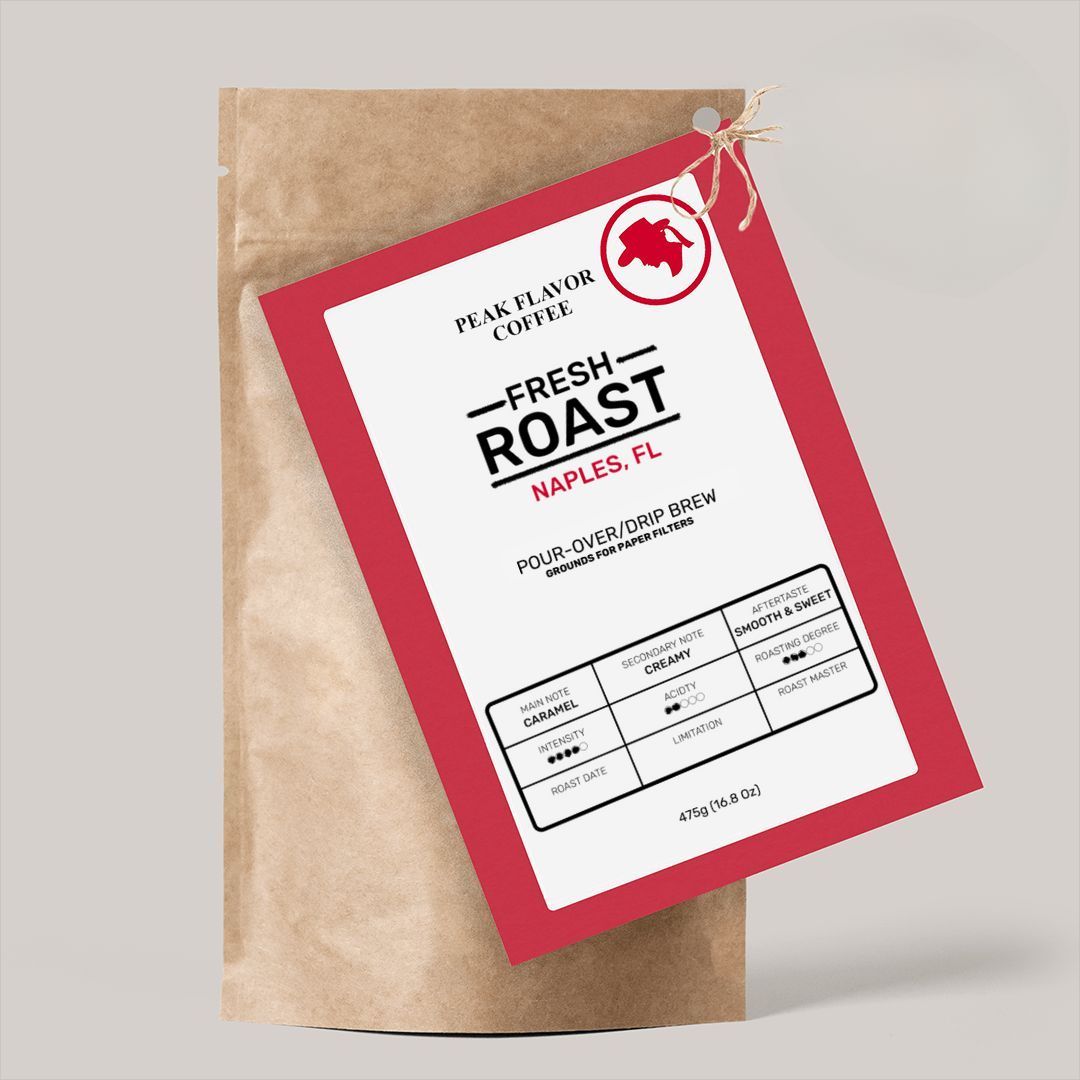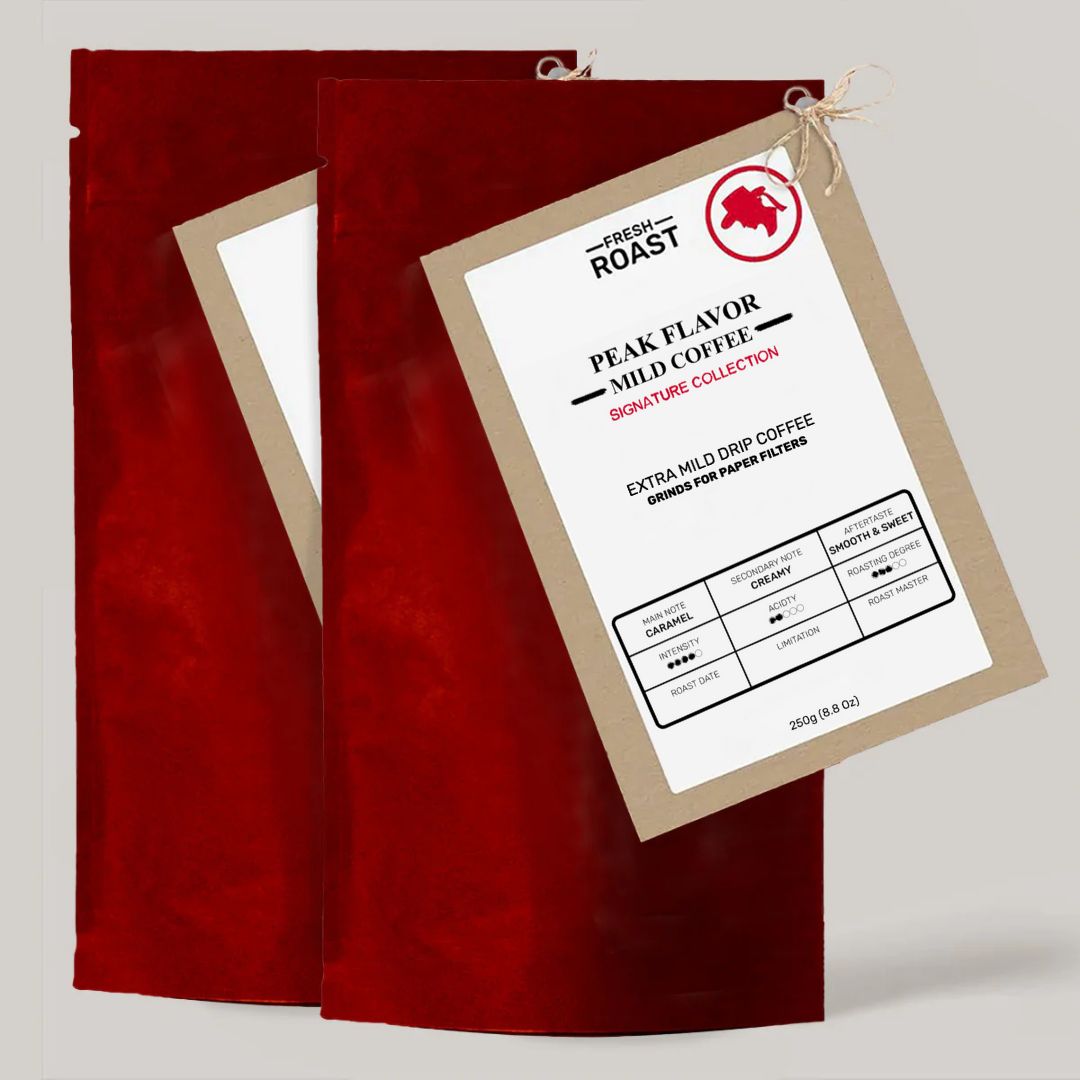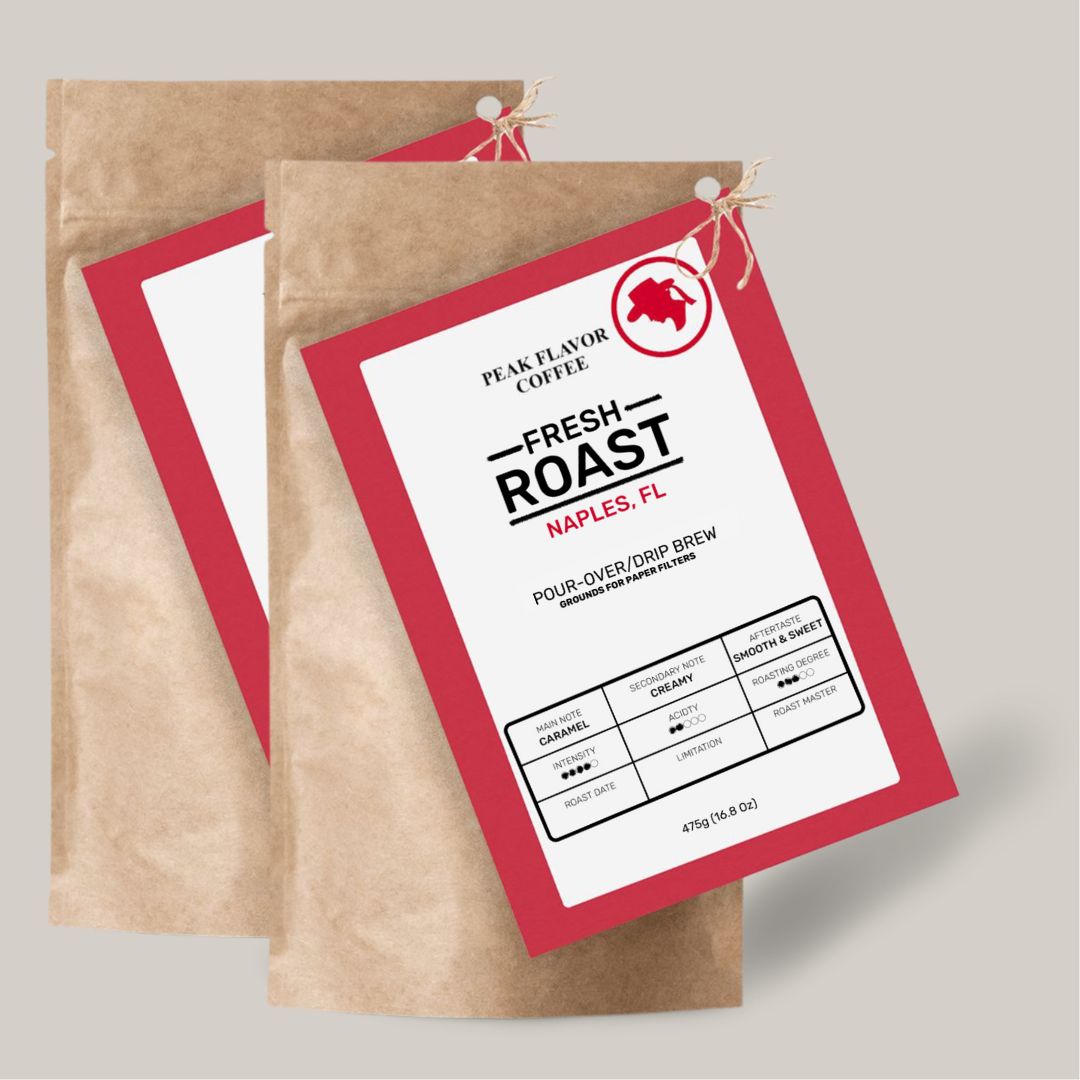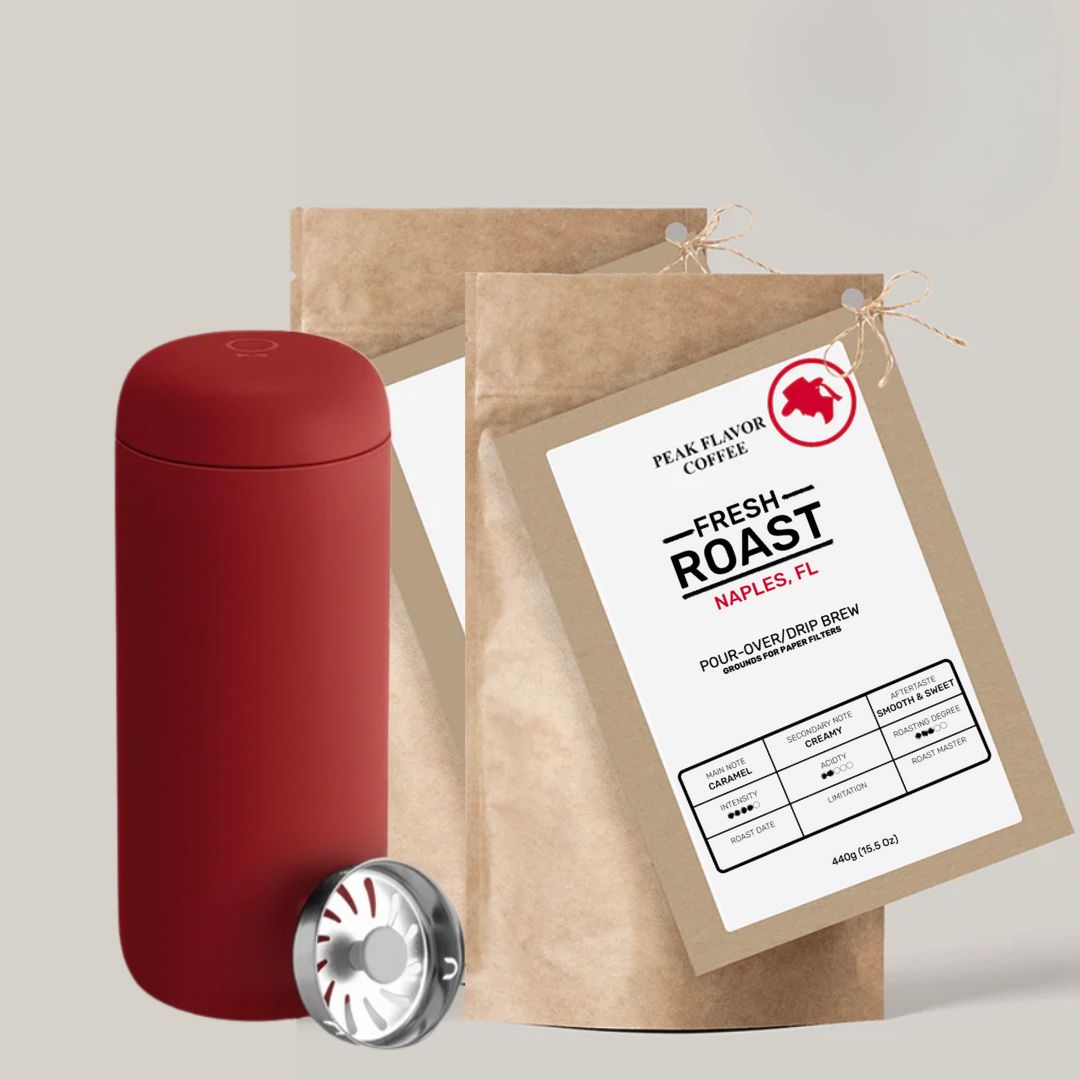Discover Extra Mild Drip Coffee for Sensitive Stomachs
By Melicent, Coffee Expert & Recovering Acid Casualty
Let me paint you a tragic little picture: I’m back in America after years in Europe, standing in a sterile supermarket aisle staring at a wall of sad, stale drip coffee bags. My espresso machine still in a moving crate somewhere over the Atlantic, I reach for what looks passable.
I brew. I sip. I regret every life choice that brought me to this moment. Ten minutes later, my stomach feels like it tried to digest a cactus.
I thought maybe I was just out of practice. But nope. Turns out, a lot of American drip coffee is not just bitter in taste—it’s bitter in personality. And your stomach? Yeah, it takes the hit.
Why? Because most coffee sold in the U.S. is already weeks past peak roast. And that means more bitter compounds, more acidity, and more stomach drama.
Being a coffee nerd with a Google obsession, I fell down the rabbit hole of coffee chemistry. What I discovered was both horrifying and inspiring. And it led me to launch Peak Flavor's Mild Drip Coffee.
Here’s the scoop (pun intended): Peak Flavor’s Extra Mild Drip Coffee is the only blend in America crafted specifically for coffee lovers with sensitive stomachs. It’s delicious, gentle, and doesn’t come with post-cup regrets.
Let’s dive into why that matters and why you need this in your brew basket.
What Is Stomach-Friendly Drip Coffee?
Stomach-friendly coffee is black coffee that skips the bitterness, skips the heartburn, and skips the betrayal. Made with beans and methods that reduce harsh compounds like chlorogenic acids (CGAs), caffeine overload, and quinic acid, this product addresses all known villains in the gut drama department.
Unlike regular filter coffee, which often has a pH between 4.5 and 5.0 (hello, acid reflux), our extra mild blend clocks in closer to a gentler 5.7. That’s almost spa-level for your stomach.
Why Some Coffee Lovers Suffer (And Why You Don’t Have To)
Some coffee lovers suffer from stomach issues like acid reflux, gastritis, IBS, or just unexplained gut discomfort—especially when drinking bitter, acidic brews. Even during pregnancy or without a formal diagnosis, your stomach might simply say “nope” to most drip coffee. That doesn’t mean you’re sensitive—it means you’re smart enough to want better.
What’s in Regular Drip Coffee That Wrecks Your Stomach?
Let’s talk ingredients. Most commercial ground coffee is packed with:
Chlorogenic Acids (CGAs): These polyphenolic compounds are naturally present in coffee beans and are a major contributor to the perceived acidity and bitterness of coffee. Unfortunately, CGAs are also a trigger for gastric discomfort. According to a 2010 study by Stalmach et al. published in Food Chemistry, CGAs significantly stimulate gastric acid secretion. This excess acid can lead to symptoms like heartburn, acid reflux, and stomach irritation., especially in people with sensitive digestive systems.
Lighter roasts tend to have higher concentrations of CGAs, which is why they are often harsher on the stomach. Our medium-dark roast approach ensures we cut down CGAs without creating bitter byproducts that are equally irritating.
Caffeine: While it may be your morning hero, caffeine is a known gastrointestinal provocateur. It stimulates the central nervous system, but it also increases gastric acid production and can relax the lower esophageal sphincter (LES), the muscular ring that keeps stomach contents from rising. When that gatekeeper slacks off, acid reflux becomes a regular guest.
A key study in Alimentary Pharmacology & Therapeutics showed that drinking caffeine lowers LES pressure. It also increases acid production, which can cause stomach discomfort. That’s why we offer low-caffeine bean blends (without Robusta beans).
Quinic Acid: You know that sour, harsh aftertaste that lingers in your mouth after drinking bad coffee? That’s often quinic acid saying hello. Formed as a byproduct when chlorogenic acids break down during roasting, quinic acid contributes to both astringency and perceived acidity. The longer coffee is roasted, the more CGAs degrade, increasing quinic acid content.
A study by Budryn and Nebesny found a direct correlation between extended roast times and elevated quinic acid levels. While some dark roasts boast lower CGAs, they often ramp up quinic acid, trading one irritant for another. At Peak Flavor, we control our roast process carefully to avoid this spike, aiming for smooth taste and smooth digestion.
N-alkanoyl-5-hydroxytryptamides (C5HTs): These mouthful-of-a-name compounds are lipid-based amides that add to coffee’s bitterness and increase with roast intensity. While not studied as much as caffeine or CGAs, their bitter taste is well-known. Bitterness is linked to stomach sensitivity.
Research by Ginz and others in 2000 found these compounds in the Journal of Agricultural and Food Chemistry. They are key contributors to bitterness, which increases with longer roasting.
While they don’t directly cause gastrointestinal distress, their presence in bitter coffee may aggravate subjective discomfort or nausea in sensitive individuals. We minimize C5HT buildup by opting for medium, slow roasts, balancing bitterness while protecting your belly.
Enter Peak Flavor’s Extra Mild Drip Coffee
Here’s what makes our coffee different:
1. The Blend:
We use low-acid beans from Brazil, Sumatra, and Guatemala. These aren’t your zippy fruit bombs. They’re smooth, chocolatey, and built to be kind.
But the secret sauce here is in the natural chemistry of the beans themselves. Coffea arabica beans grown at lower altitudes—like in the Cerrado region of Brazil—naturally contain fewer chlorogenic acids and lower caffeine content (Farah et al., 2006).
By carefully sourcing beans from these specific terroirs, we minimize the presence of acid-triggering compounds before they ever reach the roaster. We also avoid over-washing or mechanical processing, which can introduce harsher flavor elements. Instead, we focus on natural and semi-washed methods that retain smoothness while reducing astringency.
2. The Roast:
We roast medium and slow. Not too light (because light roasts are CGA bombs), and not too dark (because bitterness spikes). Our Goldilocks roast is just right—full-bodied and low on drama. Slow roasting allows us to break down CGAs at a steady pace without pushing the beans into high quinic acid territory. Here is an illustration of our roast for mild coffee.

Budryn and Nebesny (2006) say that roasting at lower temperatures for longer times lowers CGA levels. It also reduces bitterness-causing products in a balanced way. This method also prevents over-carbonizing the outer layers of the bean. This helps keep polyphenols that aid digestion and reduces harmful compounds for the gut.
3. The Grind:
Our ground coffee is made to order. Medium-coarse for better extraction and minimal bitterness.
We ship it fresh, so you’re brewing at peak. This grind size prevents over-extraction, which is a major source of quinic acid and C5HT release. Studies from Fuller and Rao (2019) show that a coarser grind paired with proper filtration can reduce total titratable acidity by up to 30% in standard brewing methods.
We avoid mechanical heat grinding, which can oxidize the coffee and elevate bitterness. Our slow burr grind process ensures 98 consistency and preserves the bean’s chemical integrity, reducing the extraction of irritating compounds. here is an illustration of how we grind mild coffee for peak flavor.

4. The Brew Ratio:
Want smooth pour over coffee that doesn’t punch your gut? Use a 1:17 drip coffee ratio. That means 20 grams of coffee to 340 ml of filtered water. You’re welcome.
Why does this matter? Because too strong a brew extracts more acids and bitter compounds, while too weak makes you feel like you’re sipping regret water.
Studies suggest that a 1:17 to 1:18 ratio strikes the optimal balance for flavor and gastrointestinal comfort (Stalmach et al., 2010). This ratio ensures lower concentration of acids per cup without compromising flavor. Pair that with clean, filtered water—which removes minerals that might otherwise react with acids—and you’ve got a brew that’s smooth sailing.
5. The Method:
Whether you brew with a drip machine, pour over funnel, or even cowboy style (we won’t judge), our mild coffee grinds stays gentle. Just clean your machine and use a proper coffee filter. No mysteries. We recommend paper filters specifically, which have been shown to trap diterpenes like cafestol that can irritate the digestive tract (Urgert et al., 1995).
Brewing at temperatures below boiling—ideally 195–205°F—also limits acid extraction. Plus, by brewing fresh and not reheating old pots (a cardinal coffee sin), you avoid oxidation that contributes to bitterness and gut upset. Everything we suggest is 100% natural and evidence-backed—because your stomach deserves better science and better coffee.
What Mild Doesn’t Mean
Let’s clear up a few common myths:
- Mild coffee is NOT weak. You can still taste the origin and complexity without tasting acid.
- Not all is decaf. We do not offer decaf, but our regular blend is gentle by design.
- Not boring. This is smooth, clean black coffee you’ll actually crave.
And no, it doesn’t taste like sad diner water.
For the Curious Nerds: The Science Behind the Smooth
We didn’t just guess. We used research from food chemists and gastroenterologists:
- CGAs trigger acid secretion (Stalmach et al., 2010)
- Caffeine lowers your esophageal sphincter pressure (Boekema et al., 1999)
- Quinic acid ramps up with over-roasting (Budryn & Nebesny, 2006).
We designed our coffee to dodge those issues entirely.
Your Gut Wants You to Click This
If your morning ritual comes with side effects, it’s time for a better bean. We made Peak Flavor Extra Mild Drip Coffee because we believe coffee should feel as good as it tastes. No compromise. So if you love filter coffee but hate the post-cup stomach twist, this is your sign. Brew without the ouch. Buy mild drip coffee for your stomach.
Yours in smooth sipping,
Melicent


